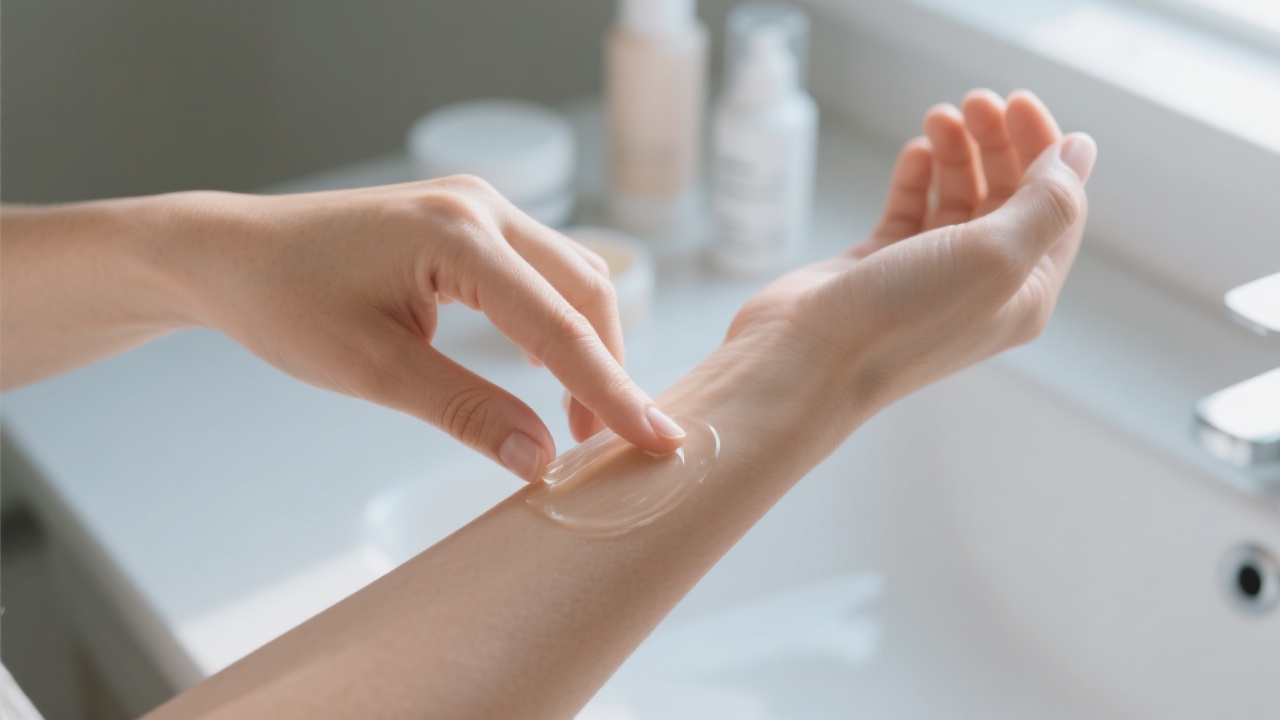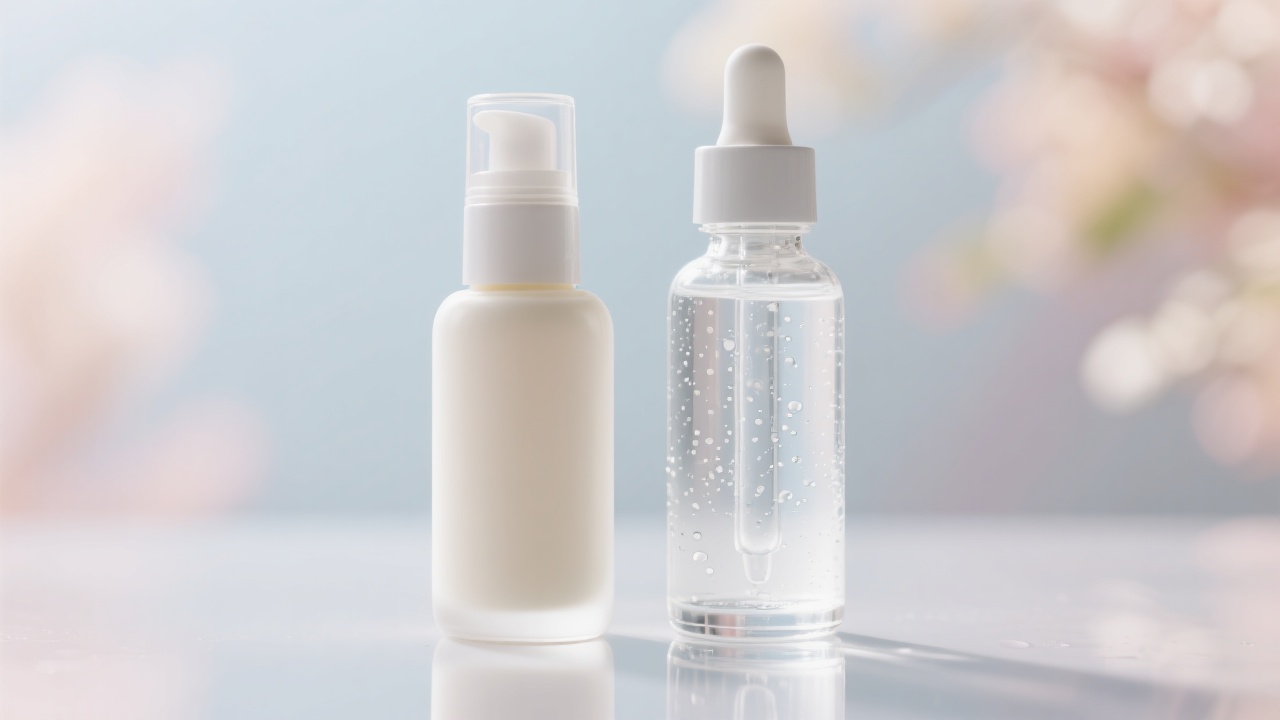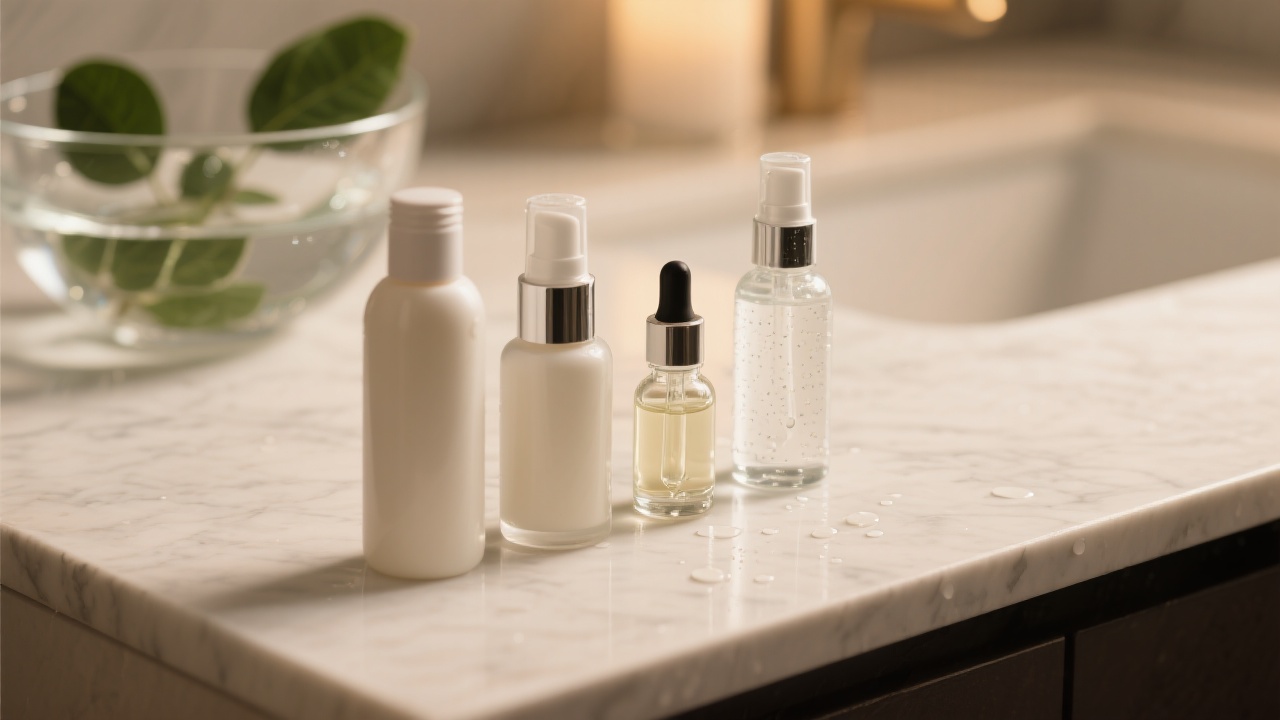
You might have wondered why, despite using whitening creams, your skin still looks dull. Today, we'll delve into the scientific world of whitening creams, specifically focusing on the synergistic mechanisms of active ingredients like niacinamide, arbutin, and tranexamic acid. This knowledge is not only crucial for you as an OEM factory but also for end - users seeking effective whitening solutions.
Let's start by understanding the individual roles of these key ingredients. Niacinamide is well - known for blocking the transfer of melanin. It acts as a gatekeeper, preventing the melanin produced in melanocytes from reaching the skin's surface. Arbutin, on the other hand, inhibits tyrosinase, an enzyme that plays a central role in melanin production. By suppressing tyrosinase, arbutin reduces the amount of melanin synthesized in the first place. Tranexamic acid helps regulate the blood flow in the skin and can also have an impact on melanin production.

When these three ingredients are combined, they create a powerful synergistic effect. According to a study published in a leading dermatology journal, the combination of niacinamide, arbutin, and tranexamic acid can increase the skin's whitening efficiency by up to 30% compared to using a single ingredient alone.
Not all skin types respond the same way to these active ingredients. For sensitive skin, lower concentrations of these ingredients are recommended. A concentration of 2 - 3% niacinamide, 1 - 2% arbutin, and 0.5 - 1% tranexamic acid can be a good starting point. This helps to avoid potential skin irritation while still providing some whitening benefits.
Oily skin can generally tolerate higher concentrations. You can consider using 5 - 7% niacinamide, 3 - 5% arbutin, and 1 - 2% tranexamic acid. For combination skin, a moderate approach is best, with around 3 - 5% niacinamide, 2 - 3% arbutin, and 0.5 - 1.5% tranexamic acid.

There are some usage precautions to keep in mind. Avoid using whitening creams containing these ingredients simultaneously with high - concentration retinol or alpha - hydroxy acids. These combinations can increase the risk of skin irritation. To determine if the whitening cream is working for you, start a short - term observation. Record your skin color changes over a week. You can use a simple color chart to track the progress. This will give you a clear idea of whether the product is suitable for your skin.
Our research is backed by ISO quality systems and numerous dermatology studies. For example, a recent study from a well - respected dermatology institute found that products containing the combination of these three ingredients can improve skin tone uniformity by up to 20% within 3 weeks. This shows the safety and effectiveness of these products.

You're on the right track to achieving effective whitening solutions. With the knowledge of these key ingredients, their appropriate concentrations for different skin types, and usage precautions, you're well - equipped to make informed decisions. We've prepared a personalized ingredient combination plan just for you. Click here to get your exclusive advice and take the next step towards perfect skin!












